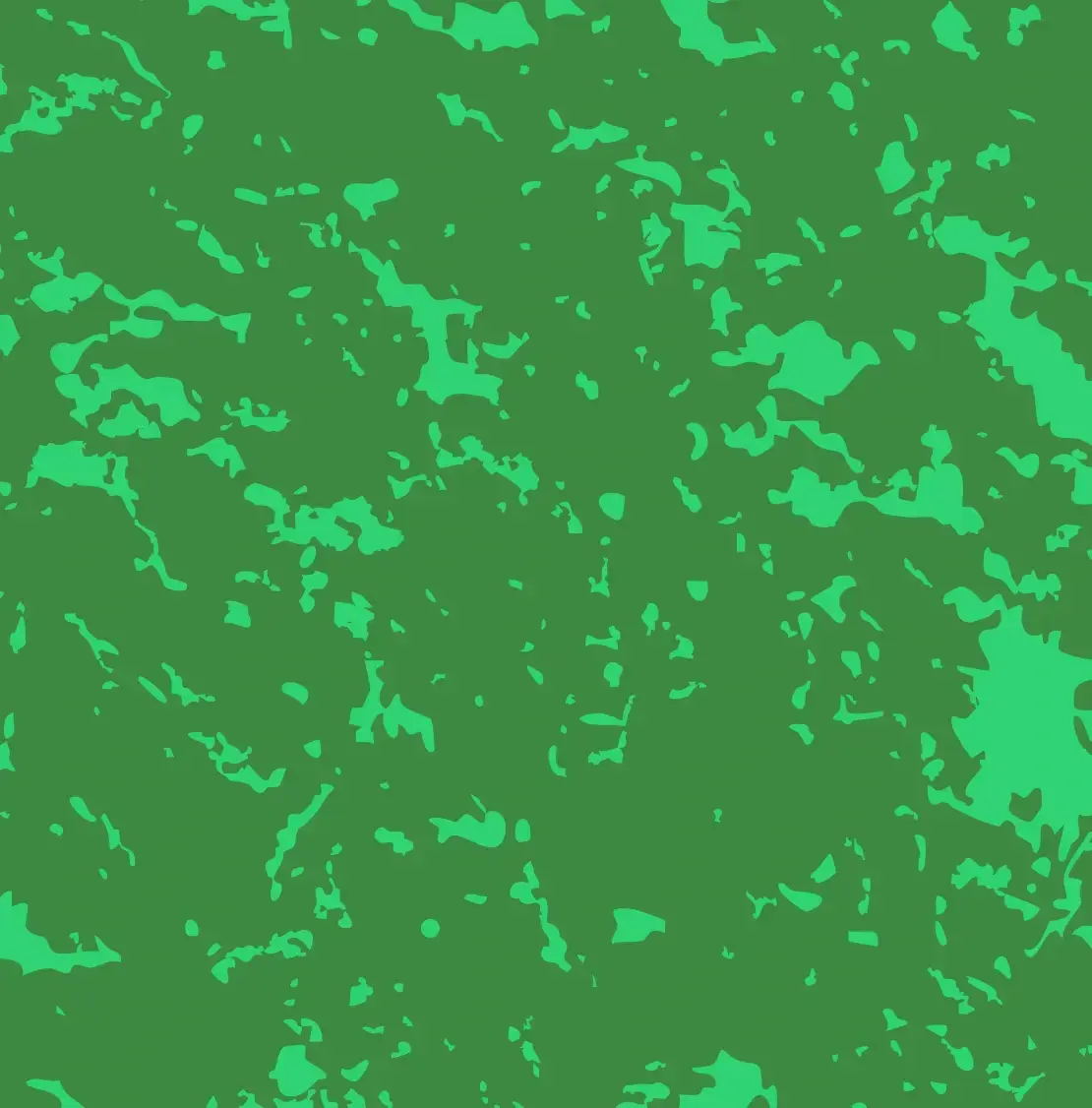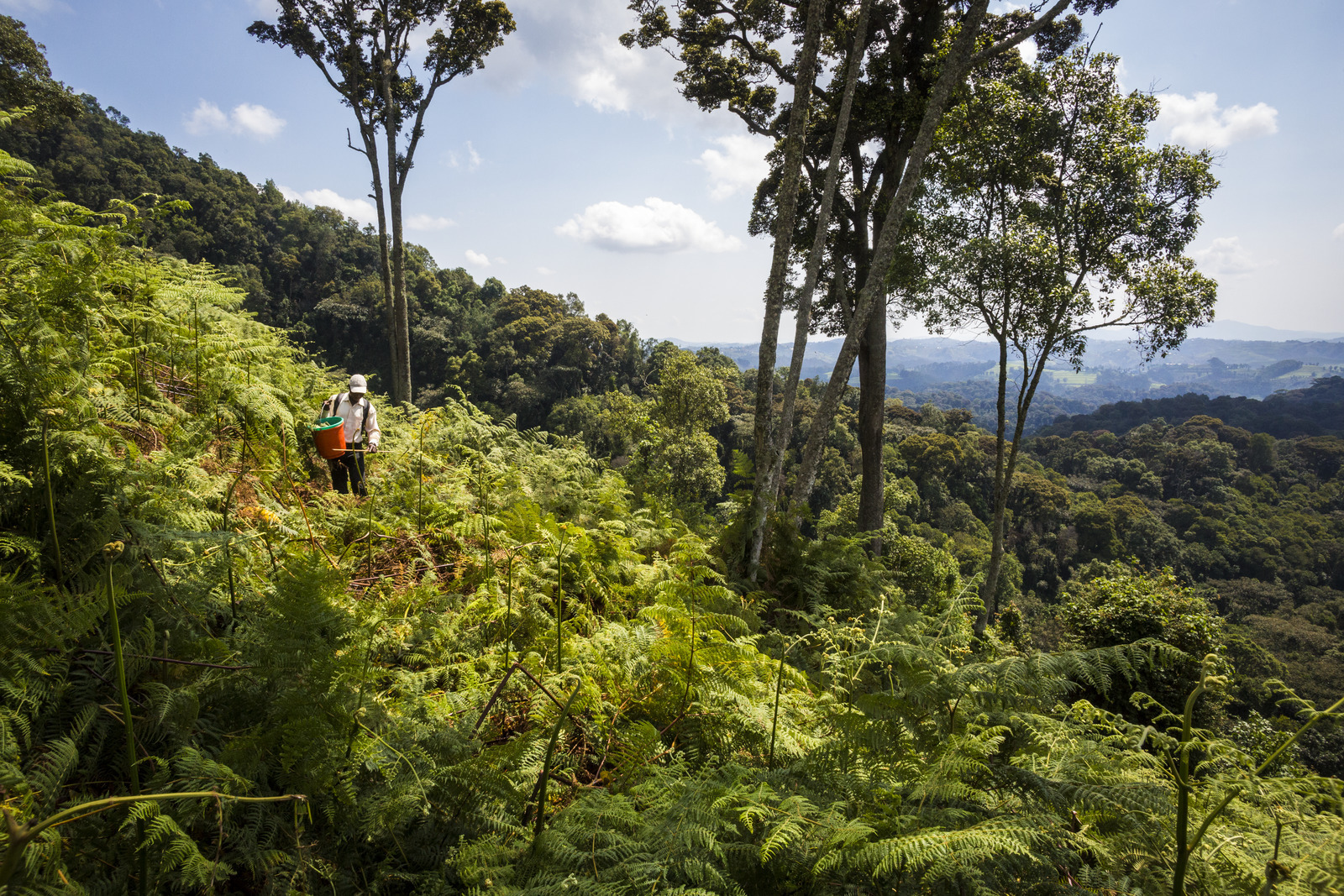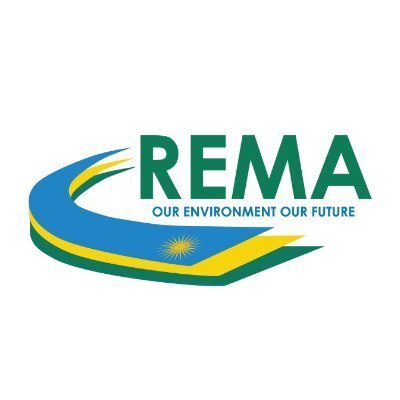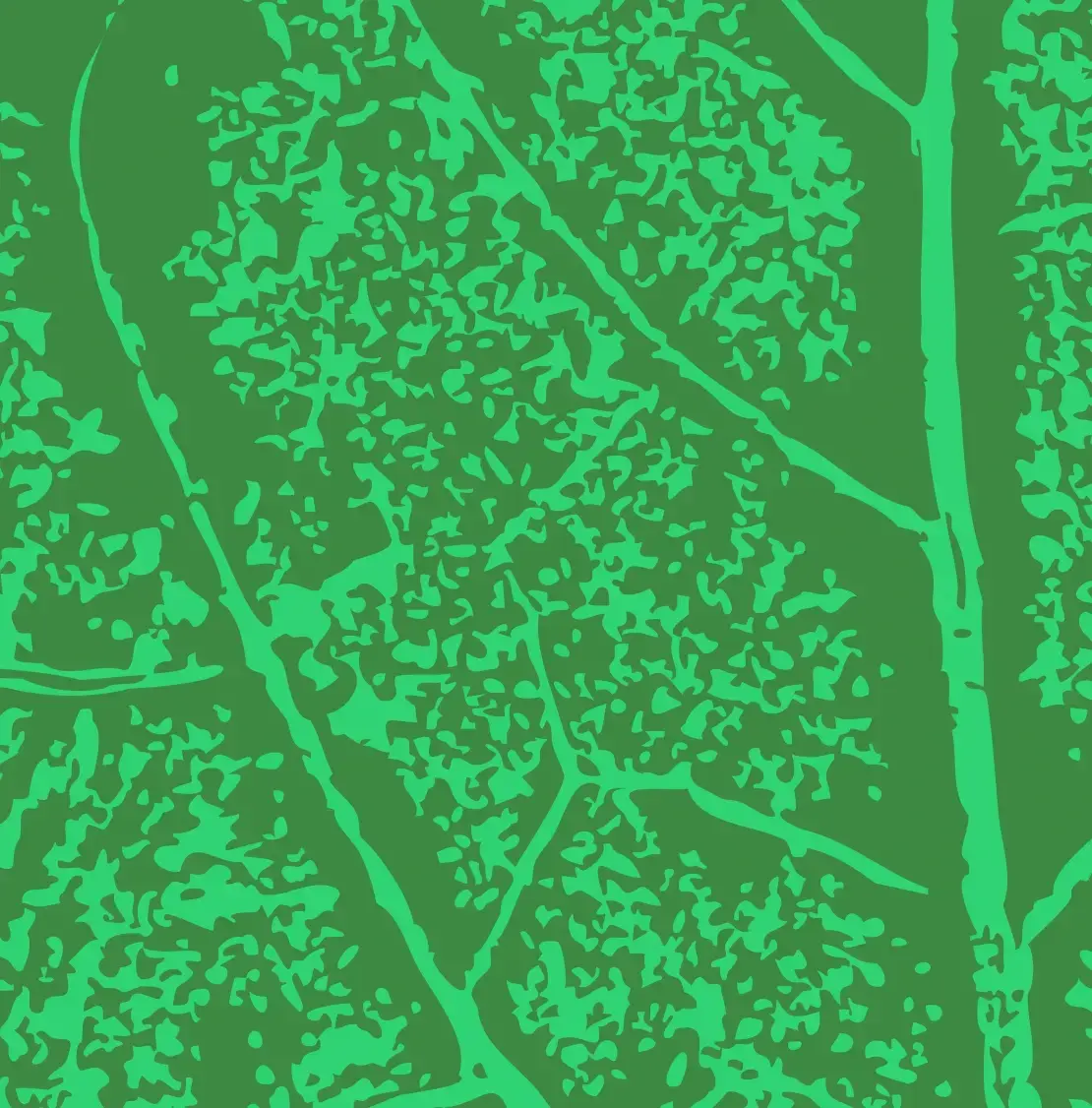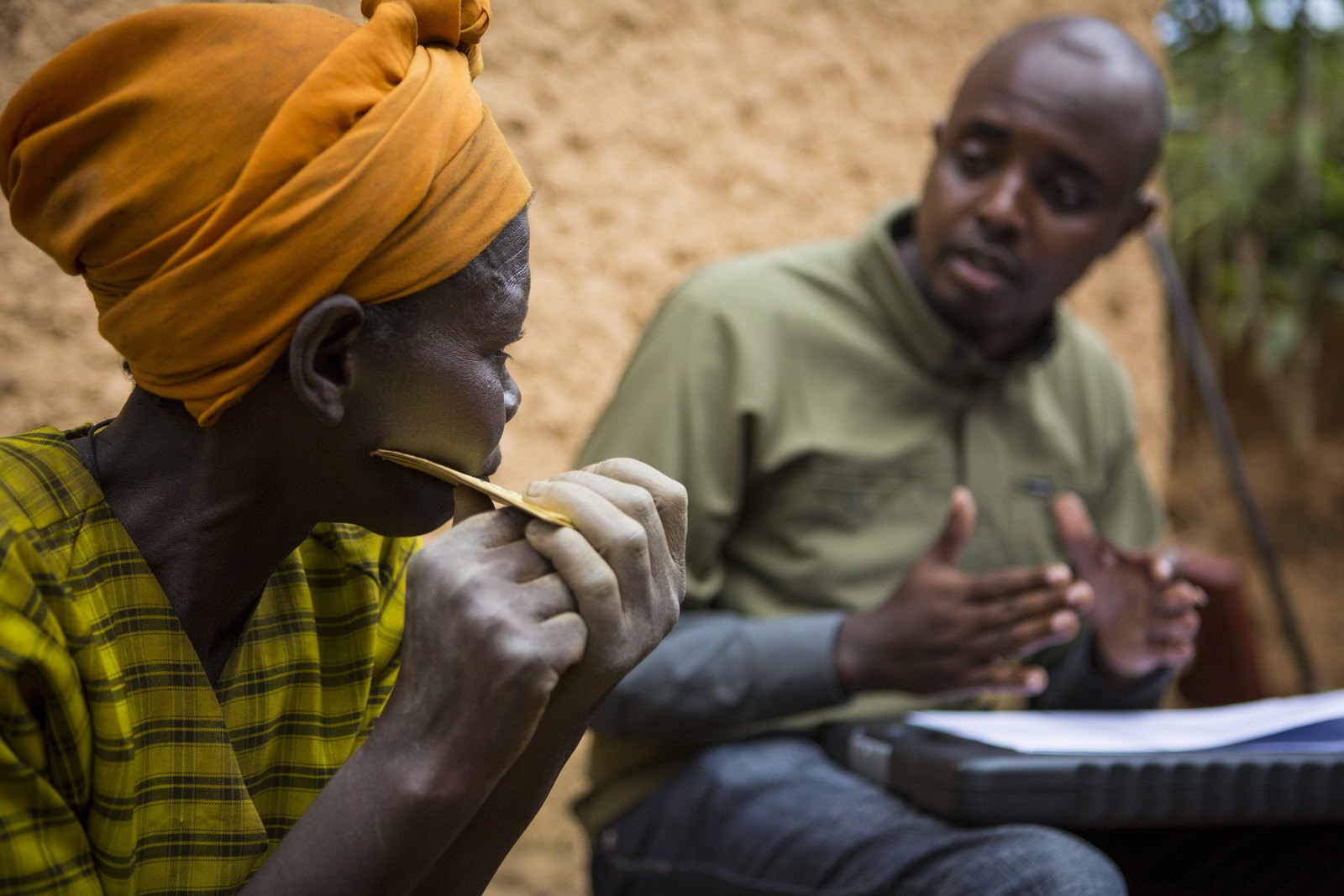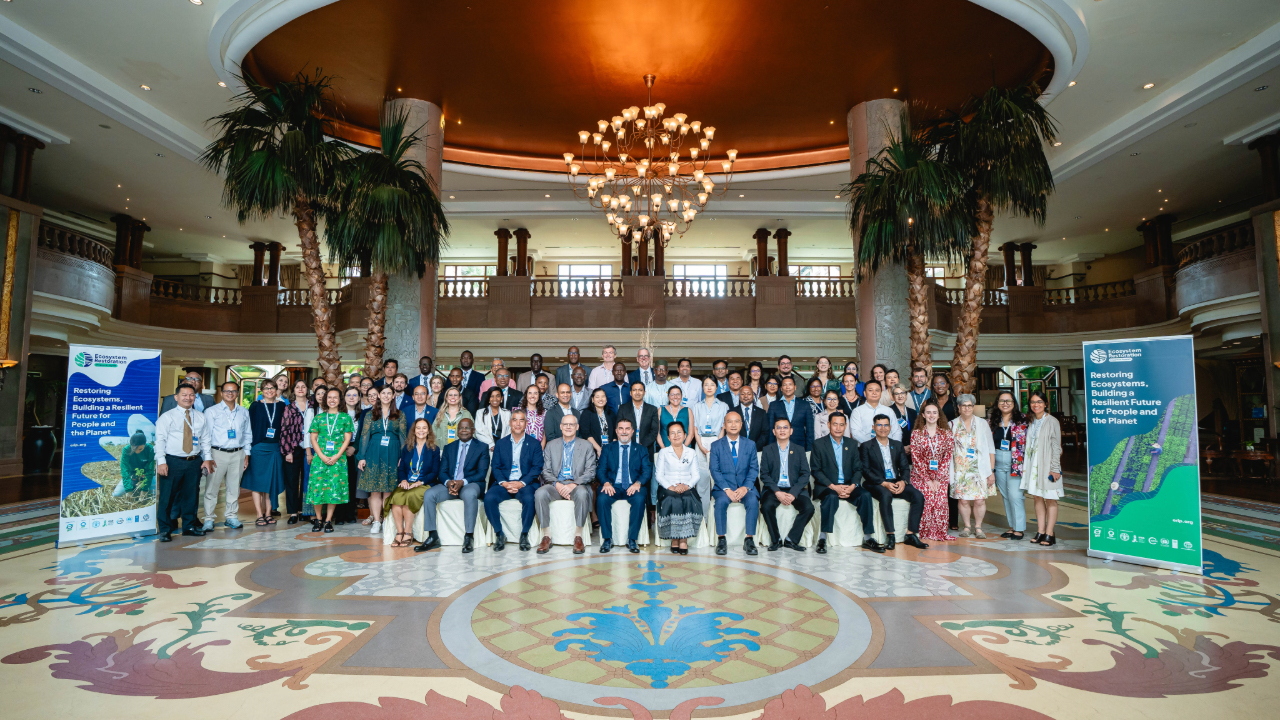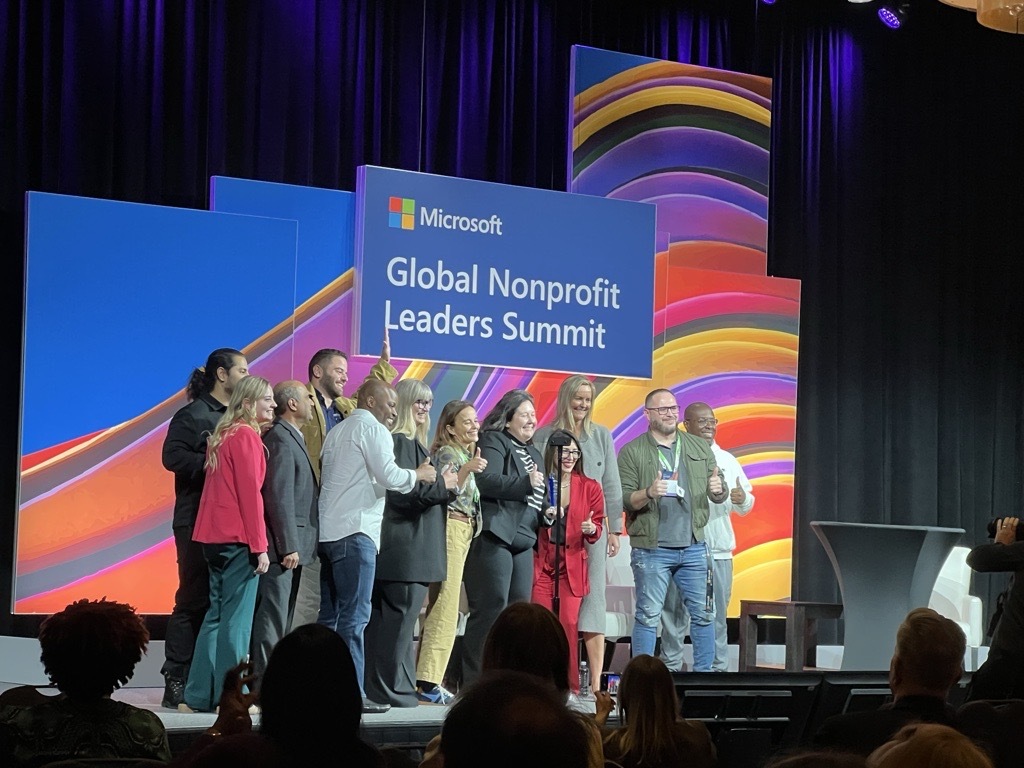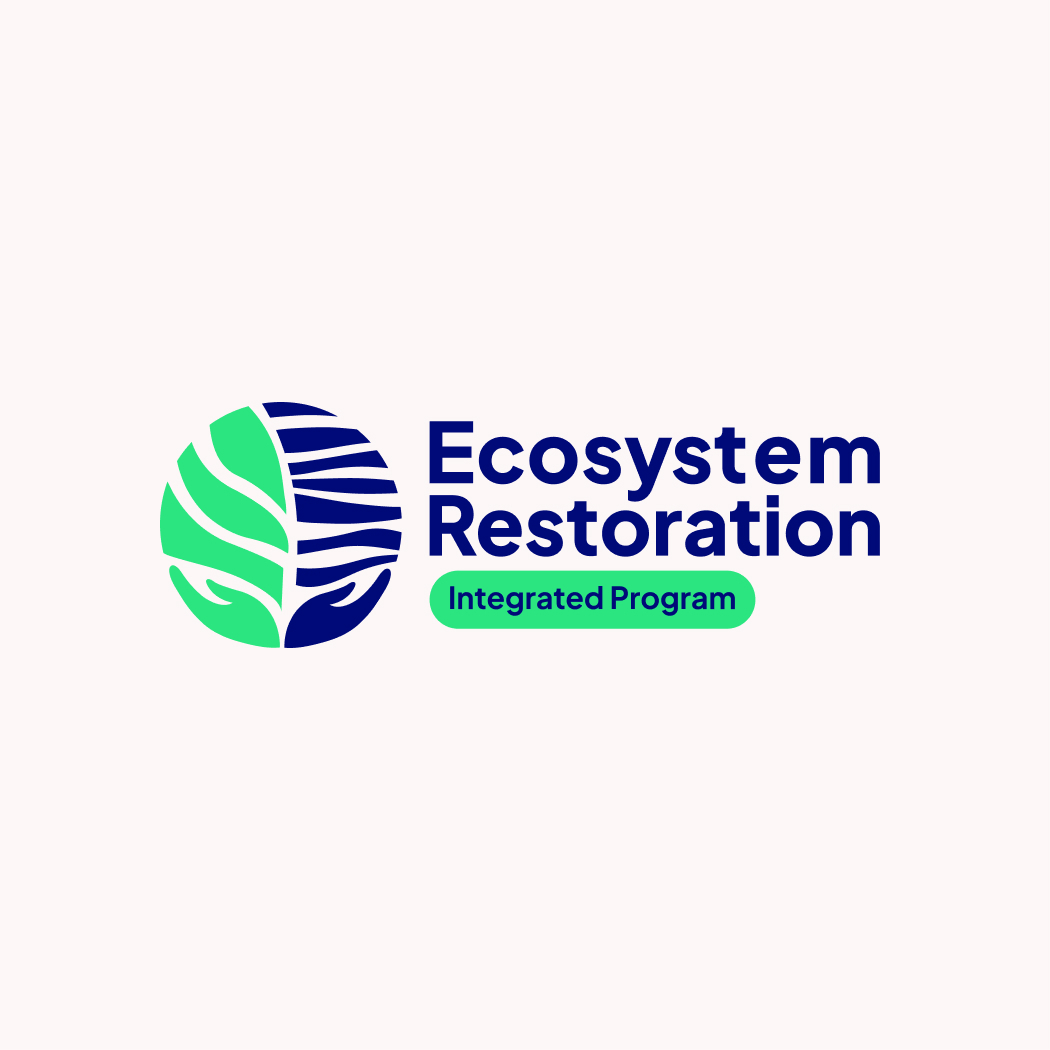Restoration Ambition
The project aims to restore and manage ecosystems within the Nyungwe–Ruhango Corridor, contributing to national and global restoration goals. It will apply a programmatic approach to sustainable landscape management to support biodiversity, climate resilience, and local livelihoods.
Key activities include the development and implementation of participatory catchment and ecological restoration plans for forests and wetlands. Restoration interventions will focus on sustainable forest management, climate-resilient agriculture, and the rehabilitation of degraded wetlands.
The project will also support livelihood development by strengthening local businesses, diversifying income sources, and providing essential water infrastructure. Inclusive governance, knowledge sharing, and adaptive management will be promoted through stakeholder engagement, integration of best practices, and the use of project-generated information to inform decisions at multiple levels.
Photo credit: © Benjamin Drummond
